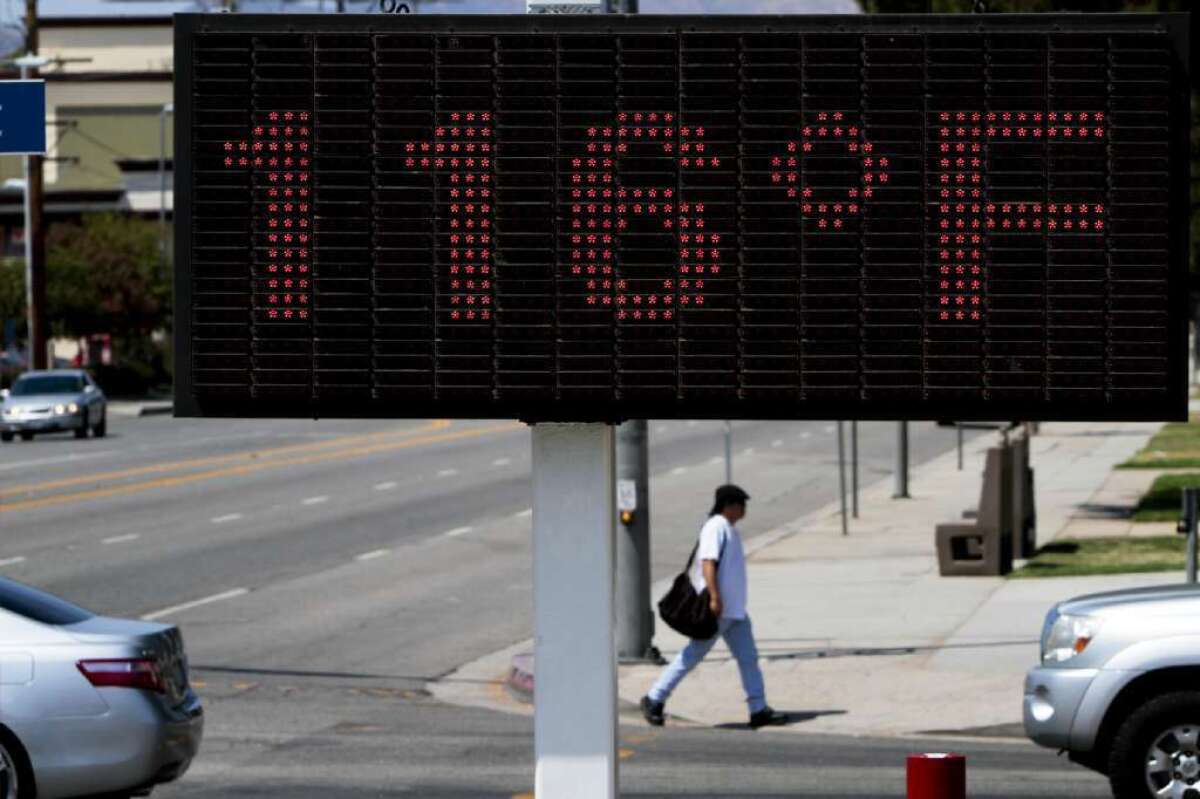The year 2012 was among the 10 warmest years on record

The United Nation’s weather agency has confirmed that 2012 was the ninth warmest year since record keeping began in 1850, and the 27th consecutive year that global land and ocean temperatures were above average.
Last year exceeded the global average temperature of 58 degrees Fahrenheit despite the cooling influence of a La Nina weather pattern, according to the World Meteorological Organization’s annual climate report.
A La Niña year happens when Pacific Ocean surface water temperatures north and south of the equator are colder than average. An El Niño year is the opposite, when the water temperatures are higher than normal, making for wetter winters.
The years 2001 to 2012 were all among the top 13 warmest years on record.
The “sustained warming of the lower atmosphere is a worrisome sign” of hotter years, rising sea levels and extreme weather events to come, WMO Secretary-General Michel Jarraud said.
Although natural climate variability has always resulted in extremes, the “physical characteristics of extreme weather and climate events are being increasingly shaped by climate change,” Jarraud said. “For example, because global sea levels are now about 20 centimeters higher than they were in 1880, storms such as Hurricane Sandy are bringing more coastal flooding than they would have otherwise.”
Hurricane Sandy caused about 130 death and tens of billions of dollars in damage in the eastern United States and killed nearly 100 people in the Caribbean and . Typhoon Bopha, the deadliest tropical cyclone of the year, hit the Philippines -– twice -– in December.
Overall, climate change has become a source of uncertainty for climate-sensitive economic sectors like agriculture and energy.
Portions of the United States and southeastern Europe experienced extreme drought conditions in 2012, while West Africa was severely hit by extreme flooding, according to the report. The populations of Europe, northern Africa and Asia were acutely affected by extreme cold and snow conditions. Severe flooding occurred in Pakistan for a third consecutive year.
“It is vital that we continue to invest in the observations and research that will improve our knowledge about climate variability and climate change,” Jarraud said. “We also need a better understanding of the changing behavior of extreme weather and climate events as a consequence of global warming, as well as the need to assist countries in the most affected areas to better manage climate-related risks with improved climate early warning and climate watch systems.”







